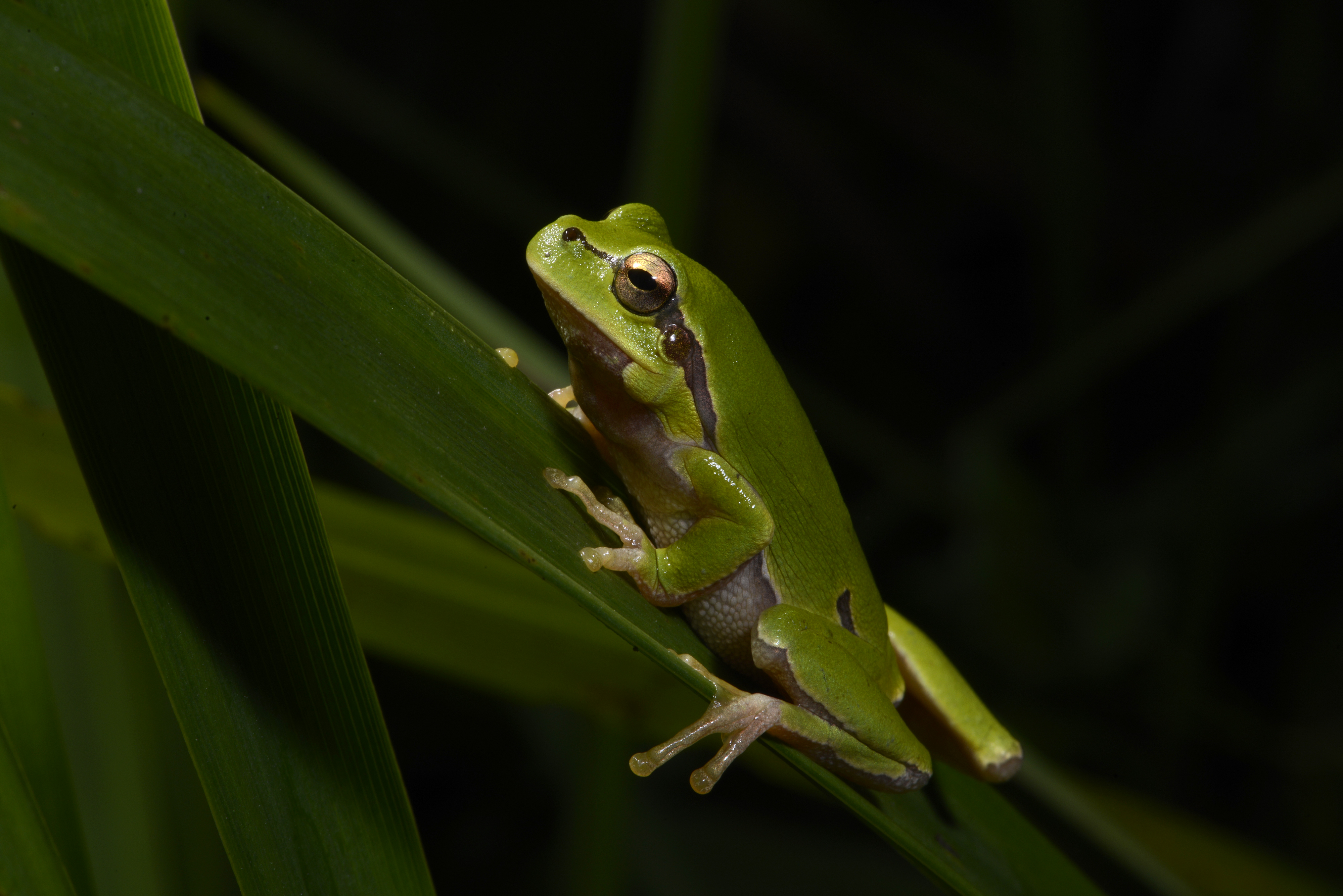Media release
From:
Tadp-old - Frogs in and around the exclusion zone of the Chornobyl Nuclear Plant are living long and hoppy lives. Field sampling of 197 Eastern tree frogs (Hyla orientalis) in the Chornobyl region found only minor effects on the lifespan, ageing and stress markers, telomere length and corticosterone levels, respectively. This suggests current radiation levels may not be high enough to cause severe chronic damage to semi-aquatic vertebrates. Biology Letters
Ionizing radiation has negligible effects on the age, telomere length, and corticosterone levels of Chornobyl tree frogs
Ionizing radiation is thought to cause severe damage on humans and wildlife. More than 35 years after the Chernobyl accident, we demonstrate that current radiation levels still present in the area, has minor effects on the lifespan (n=197 individuals) as well as on ageing and stress markers telomere length and corticosterone levels, respectively, of frogs. These findings suggest that current radiation levels present in Chernobyl may not be high enough to cause severe chronic damage to semi-aquatic vertebrates.



 International
International



